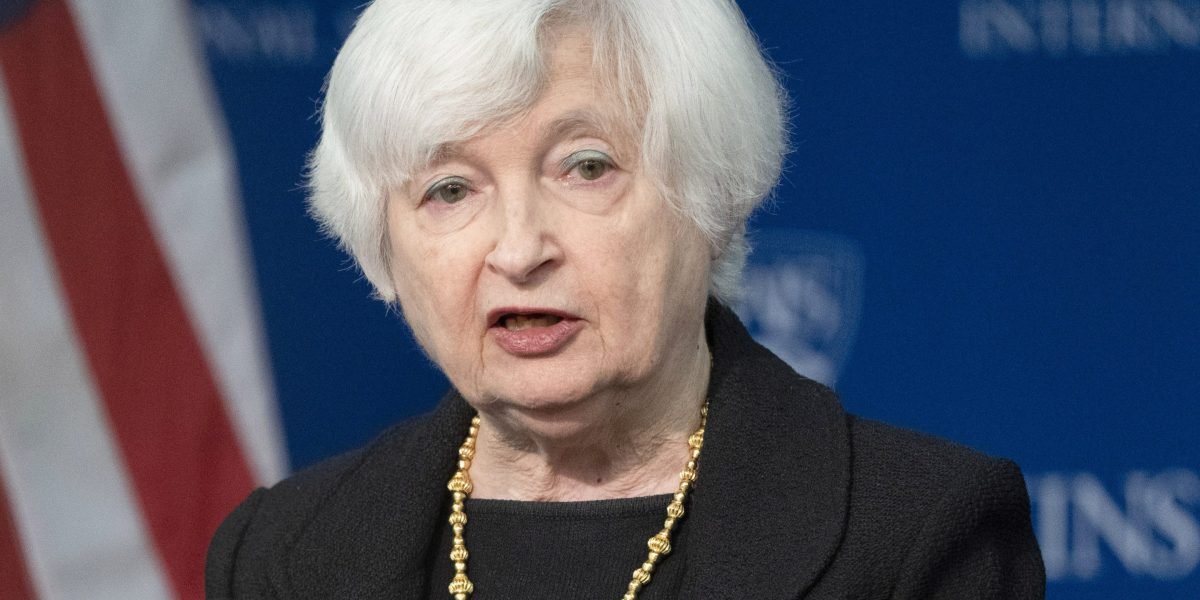It’s no secret that baby boomers are vastly wealthier than millennials, but just how much helps explain the state of America’s gerontocratic housing market. While most millennials have now reached the “peak” homebuying age, their parents’ generation is keeping them from buying the starter homes they’ve long dreamed of. The share of millennial homebuyers surpassed boomers from 2014 until last year, when boomers shoved their children aside and reclaimed their place as America’s top homebuying group. The Bank of America Institute, an economic think tank operated by the bank, checked in on the market with its semiannual “Housing Morsel,” and isolated the key reasons why this is happening, along with some surprises about just where millennials and boomers are migrating on their housing searches.
The report looks at domestic migration patterns of BofA customers over the past few years, noting that its real-time estimates population flows give it nearly a year of extra insight over Census Bureau data, particularly with regard to migration trends.
Citing Federal Reserve data, BofA notes the older generation holds eight times the wealth of millennials, $73 trillion compared to around $9 trillion. (Yes, baby boomers have had decades longer to accumulate wealth, but according to the St. Louis Fed, millennials own around 84 cents for every $1 owned by baby boomers at the same age.)
While millennials made headway at the start of the pandemic, their elders soon overtook them again once interest rates started rising. Boomers want to downsize for retirement, while millennials simply want starter homes—and only one group has the cash to win out.
“In the current environment of high home prices and interest rates, baby boomers are better equipped financially for home purchasing,” Bank of America’s report reads.
Why your parents’ friends are outbidding you for your starter house
Much of the baby boomer generation’s wealth is already held in housing equity, which can be leveraged for new homes closer to family and friends. That’s the upper-hand millennials don’t quite have yet, at least comparatively. While millennials held around $5.5 trillion in real estate assets at the end of 2022, boomers held almost $19 trillion. (It can also be pointed out that the boomer desire to be closer to their children and grandchildren is keeping those family members from building their own housing wealth.)
Boomers are also living longer, a positive development for humanity, but also a development that means less housing for other generations, given the U.S.’s supply shortage. Meanwhile, millennials have entered “one of the most competitive, expensive, and unforgiving housing markets of recent times.” Even the wealthiest of that cohort are striking out, finding the American Dream increasingly unattainable.
To be sure, another likely reason boomers have pulled ahead of their children is because, being wealthier and having more cash on hand, they’re likely less rate-sensitive, so the surge in mortgage rates from below 3% to at or above the 7% level hasn’t deterred their homebuying charge nearly as much.
In the near term, Bank of America expects millennials to largely remain on the sidelines—the current inventory in the market is far too expensive for many to afford. But, the bank is optimistic that this trend won’t last forever. Housing demand will likely rebound for young millennials, those younger than 35, in the years to come.
Boomers and millennials aren’t moving to the same places
Pandemic-induced domestic migration patterns are persisting into 2023, BofA also found. Both boomers and millennials are leaving large, expensive cities like Boston, New York, San Jose, and San Francisco (although the pace they are leaving New York and San Francisco is slowing compared to the early years of the pandemic). What’s interesting is they are largely moving to different places.
Millennials are moving to cities like Austin, Cleveland, Dallas, and Tampa. Boomers, meanwhile, are headed to Las Vegas, Phoenix, Orlando, and Tampa.
Charlotte, Houston, and Philadelphia are also popular destinations, while Chicago, Detroit, and Washington D.C. have continued to see people leave.
While large inflows usually mean rising home prices, that’s not the case anymore in some of these cities. Prices rose so much in 2020 and 2021 in cities like Austin, according to BoA, that they might have finally reached a tipping point. With interest rates also on the rise, no one can afford to pay even more.
“As Fed rate hikes pushed up borrowing costs for these homes, demand dampened despite continued population growth in these popular cities, which has led to a correction in home price appreciation,” the report reads.
That said, the inflows are still leading to large rent increases—especially as owning remains unaffordable. The median rent in April 2023 in Austin increased 11% compared to the year before, according to BoA, while the median rent in Orlando and Tampa was up 14%.
While many of the millennials moving to cities like Austin may continue renting for now (that’s all they can afford), Bank of America says the enormous inflows mean that over the long term, housing prices will continue to rise in these popular destinations.





